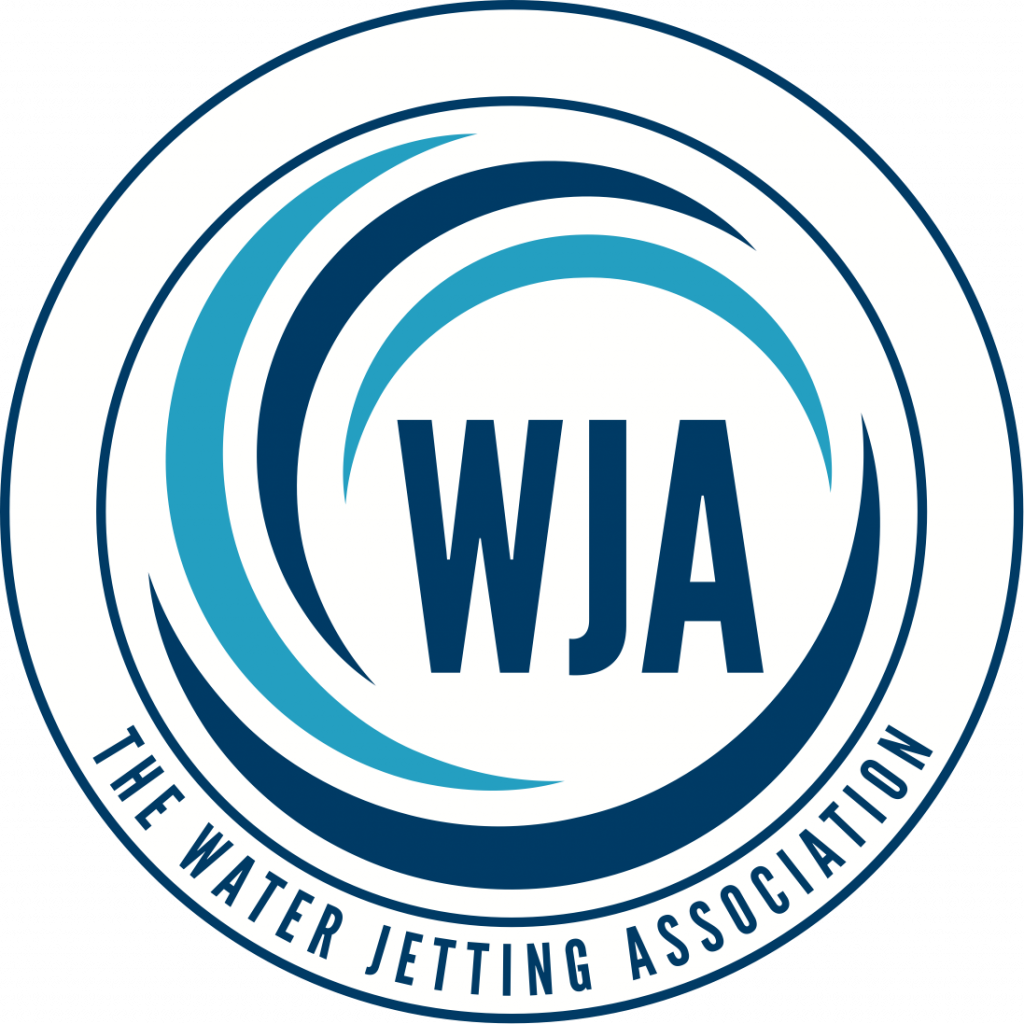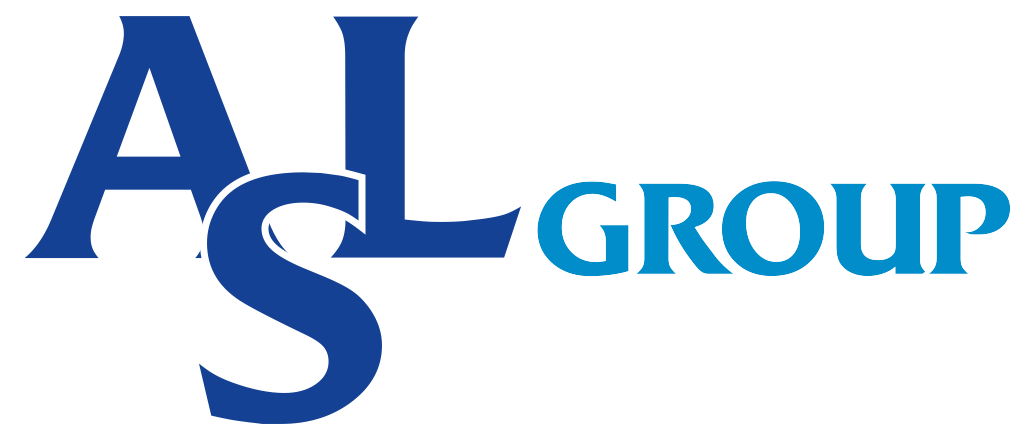WJA Drain and Sewer Cleaning Module (DS)
Candidates will learn the safe operation of jetting equipment for use in drain and sewer cleaning environments

Water Jetting Association (WJA) Drain and Sewer Cleaning Module (DS)
We offer classroom based tuition with practical instruction for the safe and efficient use of high-pressure water jetting equipment for various types of drain and sewer cleaning applications. Whether it’s to clear blockages, scale, or debris, the WJA Drain and Sewer Cleaning Module has you covered. The WJA Drain and Sewer Cleaning training module provides a thorough understanding of high pressure water jetting equipment, its safe and effective use, as well as various types of drain and sewer cleaning techniques. The course takes you from start to finish in drain and sewer cleaning, with a focus on safety, operator productivity, and environmental impact. The course is designed to deliver the knowledge and skills required to safely clean drains and sewers with high pressure water jetting equipment.



Key features of WJA Drain & Sewer Cleaning Module
01.
One Half Day Contact Time
02.
Classroom and Practical Elements
03.
Receive an Operational Jetting Card
Benefits of WJA Training
Safety
Candidates will gain a greater understanding of the dangers and safety requirements of high pressure water jetting.
Hands On
Candidates will gain hands on time with the kind of jetting equipment commonly used in surface preparation and cleaning applications as well as carry out some cleaning opertations.
Proficiency
Candidates will gain a deeper understanding of the jetting principles increasing their ability to carry out surface preparation and cleaning tasks.
Development
Candidates who successfully complete the course gain a City and Guilds approved certificate and photo card showing their credentials.
WJA TUBE & PIPE CLEANING COURSE CONTENT
Registration & Introduction
Nozzles & jets – pumps &ancillaries- pressure controls- water jetting hose – hazards & injuries – PE – operational procedures.
Scope of drain & sewer cleaning applications; other pipeline systems. Range of cleaning requirements and standards. Range of jetting machines suitable for drain & sewer cleaning.
Review nozzle principles – fixed jet nozzles, rotating nozzles, life & wear characteristics, driven rotating nozzles, associated ancillary equipment.
Hose used in drain & sewer applications, damage & wear possibilities, hose ancillaries. capabilities.
Range of jetting machines used – engine controls & instruments. Pump pressure controls, review dump/ dry shut & selector/fail safe types, pressure safety relief. Water supply/delivery features – filtration requirements, boost feed pumps, built-in anti freeze provisions.
Information & assessment – site location, access to & layout of pipeline; construction material & nature of contaminants – initial condition and required finished condition; water provision, waste disposal, hazards. Selection of equipment & manning levels – jetting machine/nozzles/accessories, number and duties of operators; single person operation. Determine job method based on safe system of work.
Jetting machine & equipment – review features and demonstrate daily checks, start / run / stop.
Job assessment – review & discuss – site location & constraints, accessibility, pipeline layout & features.
Pipe construction, nature of contamination, required finishing condition. Water supply – effluent drainage & waste disposal. Hazards & use of PE. Discussion of options, agree job method.
Site preparation – setting up work area. Team talk – review job method, signals, set up team(s). Positioning of jetting machine, layout & check equipment.
Demonstrate all procedures to full group. For all teams, instruct each operator in each duty.
Trainees carry out exercise – each team following instructions to set up, flush, check for leaks, prep for nozzle entry, proceed with operation. Rotate team members through duties. Review at each rotation and final review.
Disconnect equipment & clear site.
Review of course content as above, with opportunity for further discussion prior to Questionnaire.
